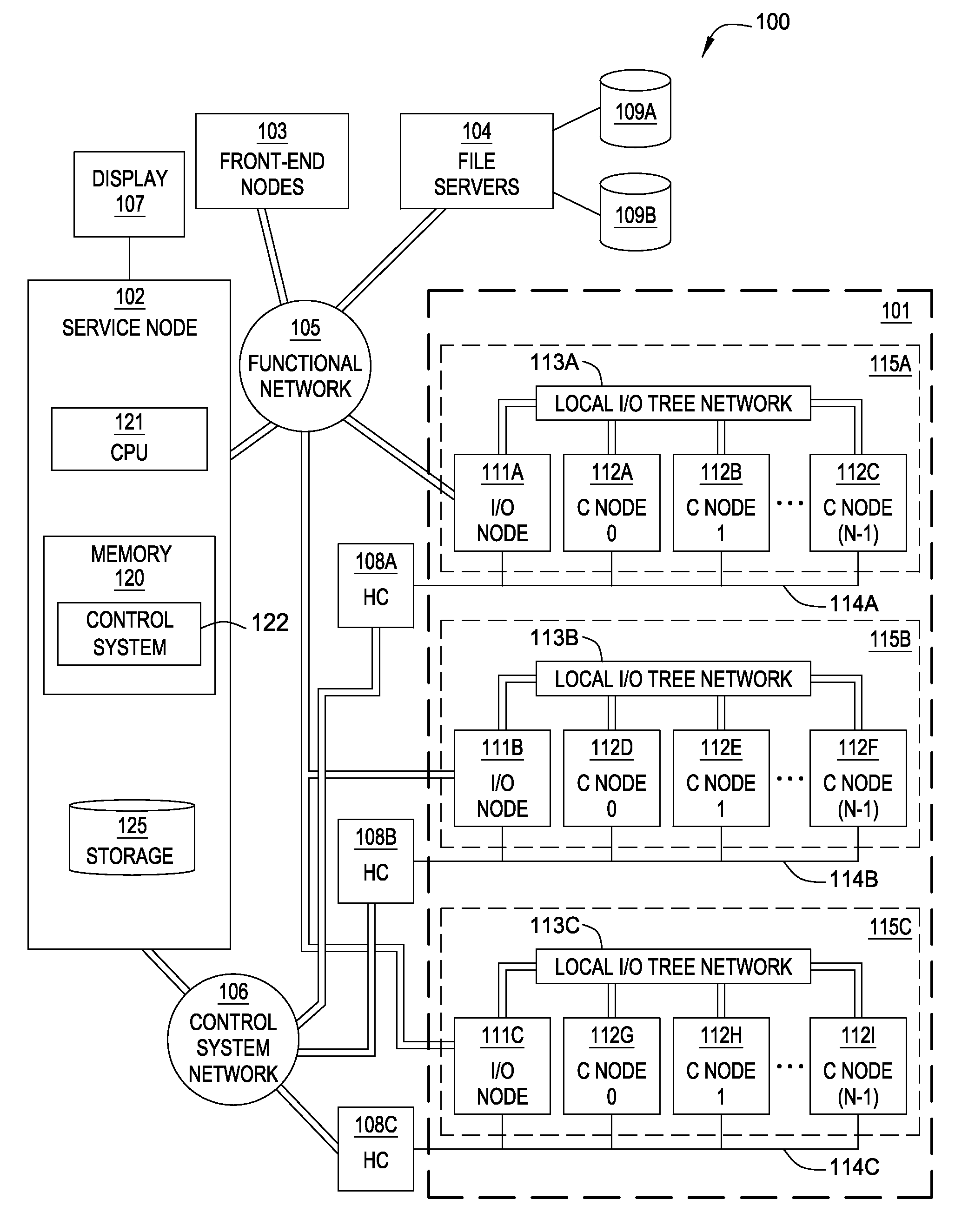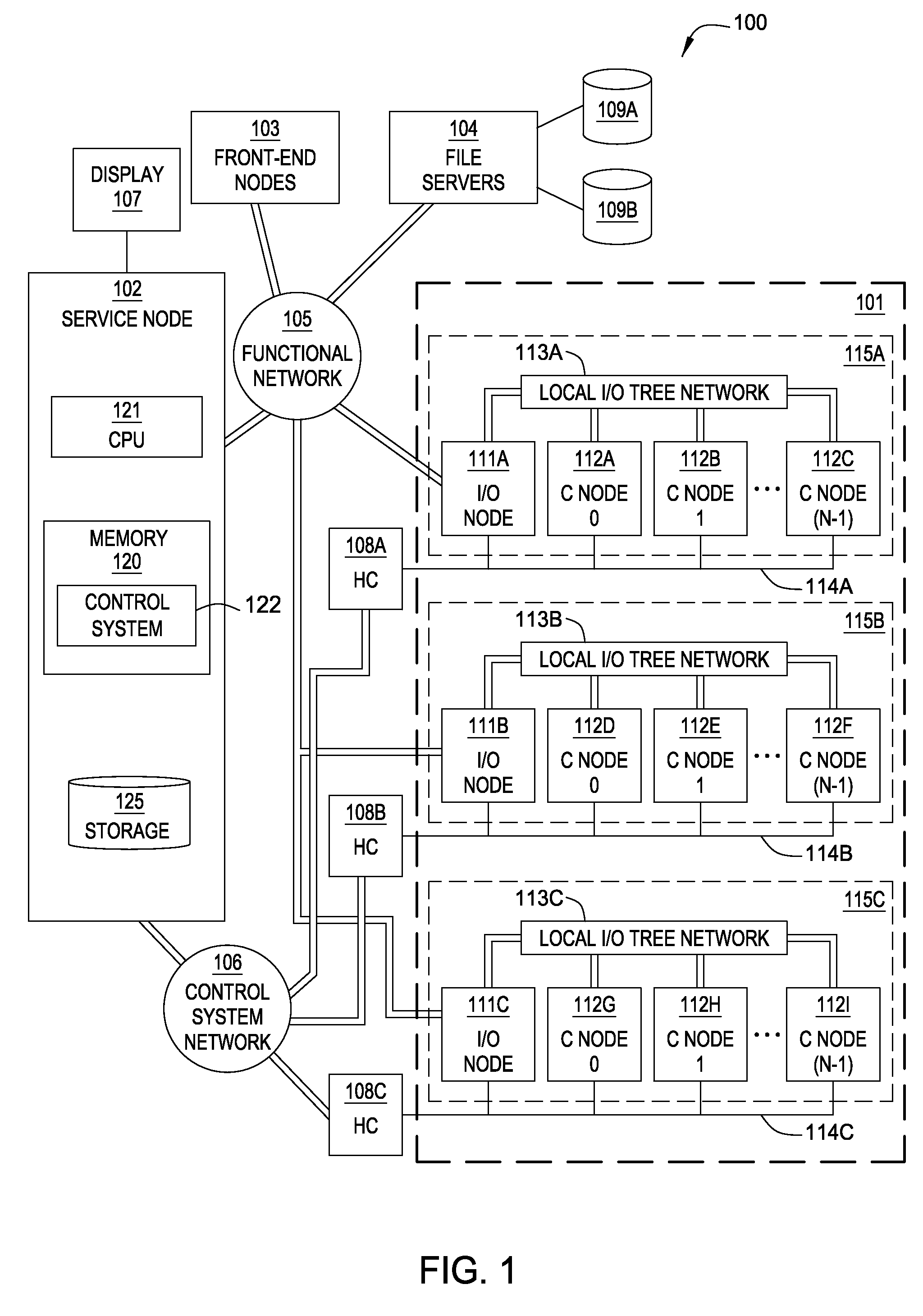Reducing occurrences of two-phase commits in a multi-node computing system
a multi-node computing system and two-phase commit technology, applied in the direction of digital computers, multi-programming arrangements, instruments, etc., can solve the problems of participants performing a “rollback” and undoing steps that were performed
- Summary
- Abstract
- Description
- Claims
- Application Information
AI Technical Summary
Benefits of technology
Problems solved by technology
Method used
Image
Examples
Embodiment Construction
[0019]A two-phase commit protocol coordinates multiple nodes performing a single atomic transaction across multiple computing nodes in a distributed computing environment. The two phases of the algorithm include a commit-request phase and the commit phase. In the commit-request phase, an initiator instructs a group of nodes to perform a respective set of steps of the atomic transaction and wait until a notification is received from each node that the steps have been performed successfully or have failed (or timed out). Each participating node completes its respective transactions up to a point where they are ready to commit.
[0020]During the commit phase, if the initiator receives a notification indicating success from each of the nodes, the initiator sends a commit message to all the nodes. In response, each node commits their respective steps and sends an acknowledgement to the initiator. The initiator then commits the overall atomic transaction after all acknowledgements have been...
PUM
 Login to View More
Login to View More Abstract
Description
Claims
Application Information
 Login to View More
Login to View More - R&D
- Intellectual Property
- Life Sciences
- Materials
- Tech Scout
- Unparalleled Data Quality
- Higher Quality Content
- 60% Fewer Hallucinations
Browse by: Latest US Patents, China's latest patents, Technical Efficacy Thesaurus, Application Domain, Technology Topic, Popular Technical Reports.
© 2025 PatSnap. All rights reserved.Legal|Privacy policy|Modern Slavery Act Transparency Statement|Sitemap|About US| Contact US: help@patsnap.com



